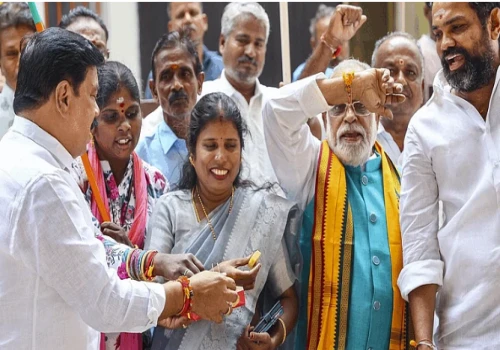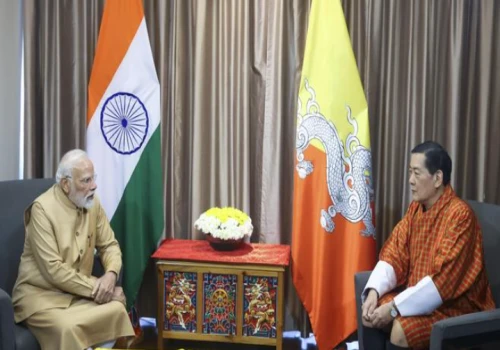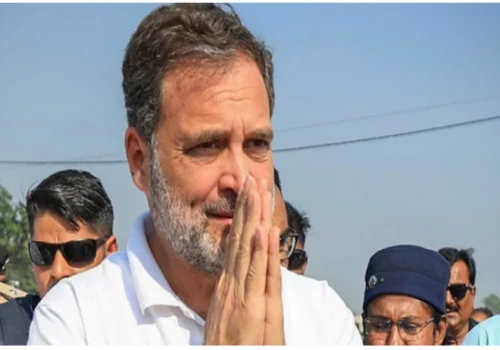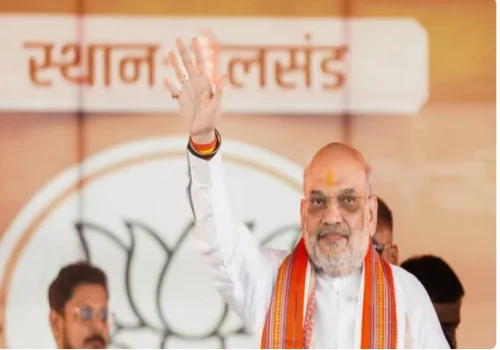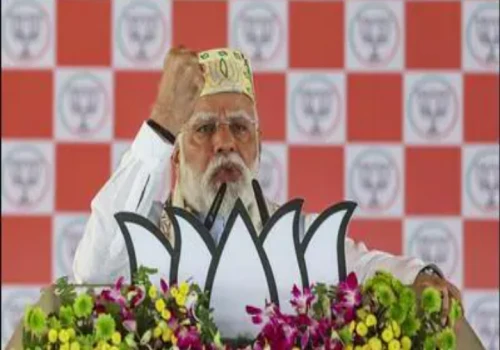_2100_x_1470.webp)
The Digital India initiative touched lives across all walks of life, transforming access, inclusion, and innovation while empowering citizens and revolutionizing the delivery of services.
Launched in 2015 by the Government of India, the Digital India initiative set out to bridge the digital divide and create a knowledge-based society. In the last decade, the program has redefined how the country connects, communicates, and creates opportunities—especially for the underprivileged and rural populations.
At the core of the mission lies a vision to make technology central to governance and public life. From rural villages now enjoying high-speed broadband via BharatNet, to urban centers adopting e-governance platforms, the transformation has been monumental.
With services such as DigiLocker, Aadhaar, UMANG, and e-Hospital, citizens no longer need to stand in long queues for government services. Paperless governance, real-time grievance redressal, and cloud storage of important documents have made life significantly easier for millions.
Financial empowerment has also seen a massive boost through initiatives like Jan Dhan-Aadhaar-Mobile (JAM) trinity, UPI-based digital payments, and direct benefit transfers (DBT), cutting leakages and ensuring benefits reach the rightful recipients.
Moreover, the growth of startups, digital literacy programs, and online education under PMGDISHA (Pradhan Mantri Gramin Digital Saksharta Abhiyan) have opened new doors of employment and entrepreneurship. Women, students, and marginalized communities now have a greater voice and visibility in India’s growing digital economy.
From governance to healthcare, education to business, the Digital India initiative has truly touched lives and empowered millions. As the nation steps into India@2047, the dream of a truly inclusive digital future feels more attainabl
e than ever.






